Structural dynamics – soil dynamics
Vibration measurements, vibration protection, and structural dynamics have been an important part of GuD’s range of services since the day it was founded. This was mainly due to the traditionally close ties to the Institute of Geotechnical Engineering and Soil Mechanics at the Technical University of Berlin. Our measuring equipment, methods, and calculation procedures have been developed much further since then. Today GuD is in a position to process structural dynamic tasks of all types according to the latest state of the art, applying the expertise of their highly specialized staff and their very extensive range of instrumentation. The close cooperation with the related competence areas of geotechnics and soil engineering is of particular importance to the company.
Structural dynamics consultancy services for vibration-sensitive facilities
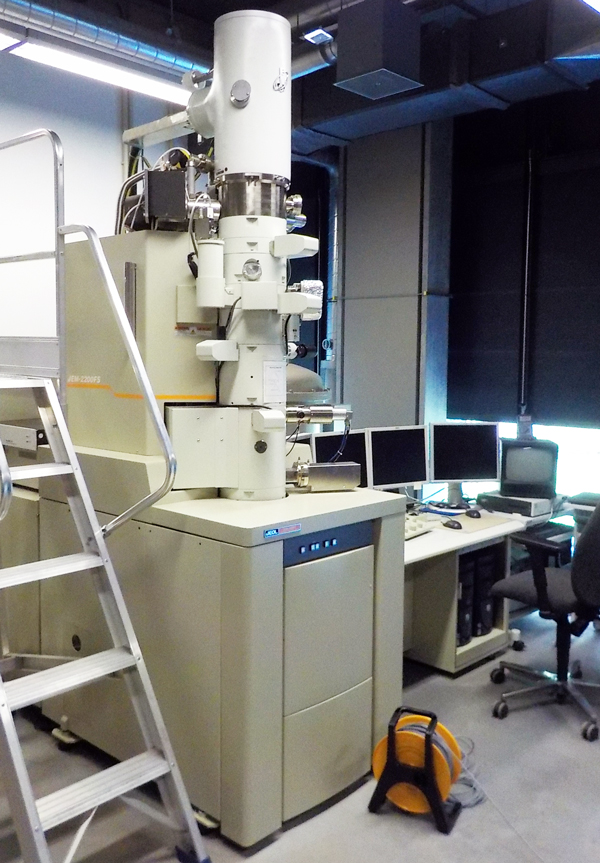
The requirements for failsafe vibration reduction are often quite high in research institutes, in the semiconductor industry, and in optical manufacturing, as well as at other highly sensitive facilities. For example, the permitted vibration amplitudes in electron microscopy is several orders of magnitude lower than what a person could even perceive. To comply with the stated or to be determined vibration specifications, studies on the vibration input into the structure and about the vibration behavior of the support structure are required. Forecast calculations regarding the expected structural component vibrations in the locations of planned sensitive facilities have to be carried out. GuD’s expertises start with vibrations measured at the subsoil, taking into account the soil-structure-interaction and the planned construction. External vibrational excitations, e.g. from street and supplier traffic, as well as internal excitations emitted by the operation of room equipment, or vibrations caused by individuals are all considered. The effectiveness of vibration reducing or isolating measures can be investigated with structural dynamic models.
Human-induced vibrations
Excitation caused by people could occur in a very wide amplitude range: from the impact of an individual walking, which can disturb sensitive laboratory equipment, or the excitation resulting from sporting activities in fitness studios, and on to the wanton shaking of bridges and grandstand structures. Human-induced vibrations can become a serviceability problem, which could impair the use of buildings. If synchronized motion sequences occur (such as a group class in a fitness studio) and the resonance behavior of the building structure is unfavorable, this could compromise the structural safety of the building. GuD predicts the structural vibrations, taking each relevant load case into account, and designs vibration reduction solutions as needed to the required level of comfort.
Vibration analysis at wind turbine sites
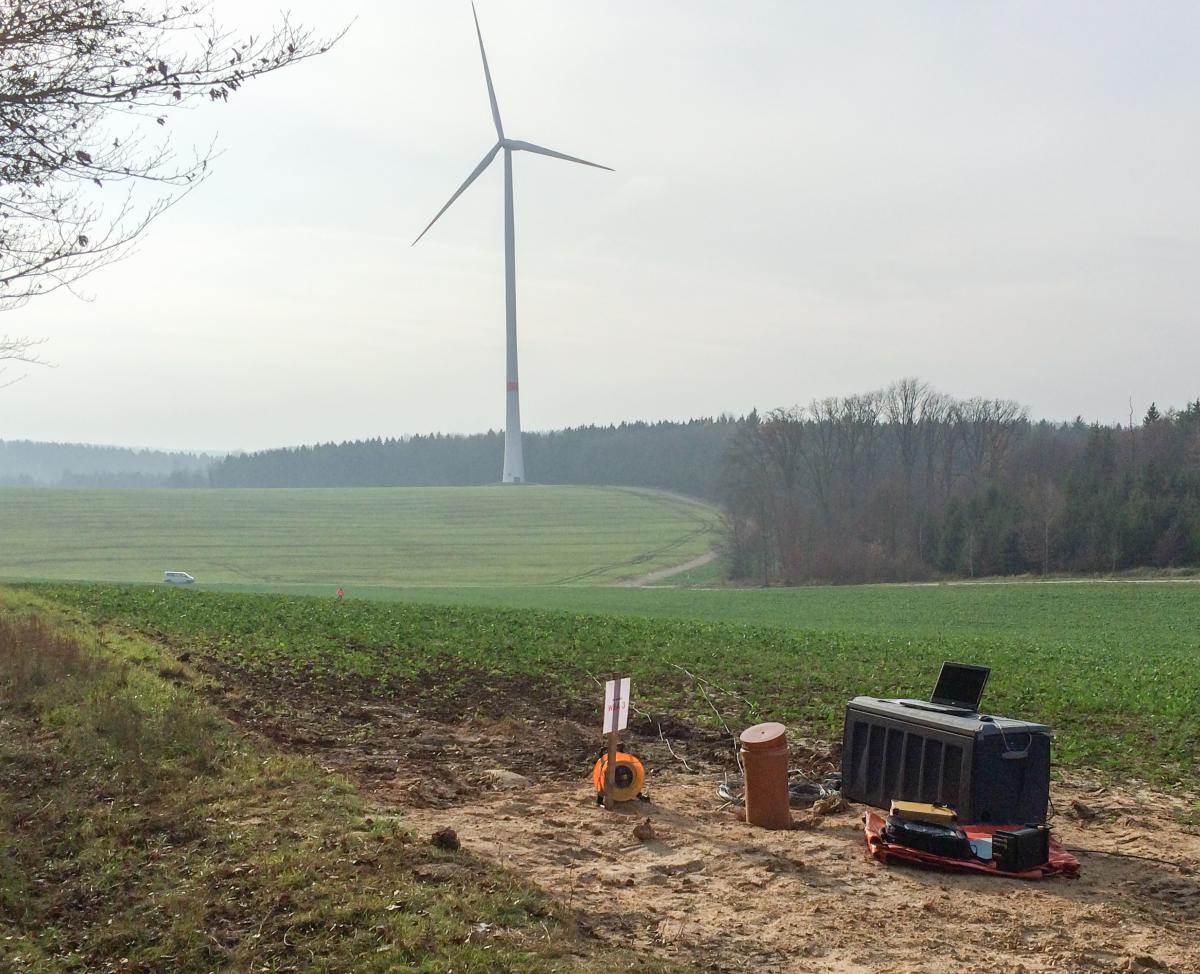
When wind power turbines are operating, they introduce dynamic forces and vibrations into the subsoil. People usually cannot feel them, but highly sensitive instruments, such as those located in seismological observatories, can be affected, if they are close by. GuD creates predictions for vibration levels introduced by wind farms into a sensitive environment.
Characteristic dynamic soil properties
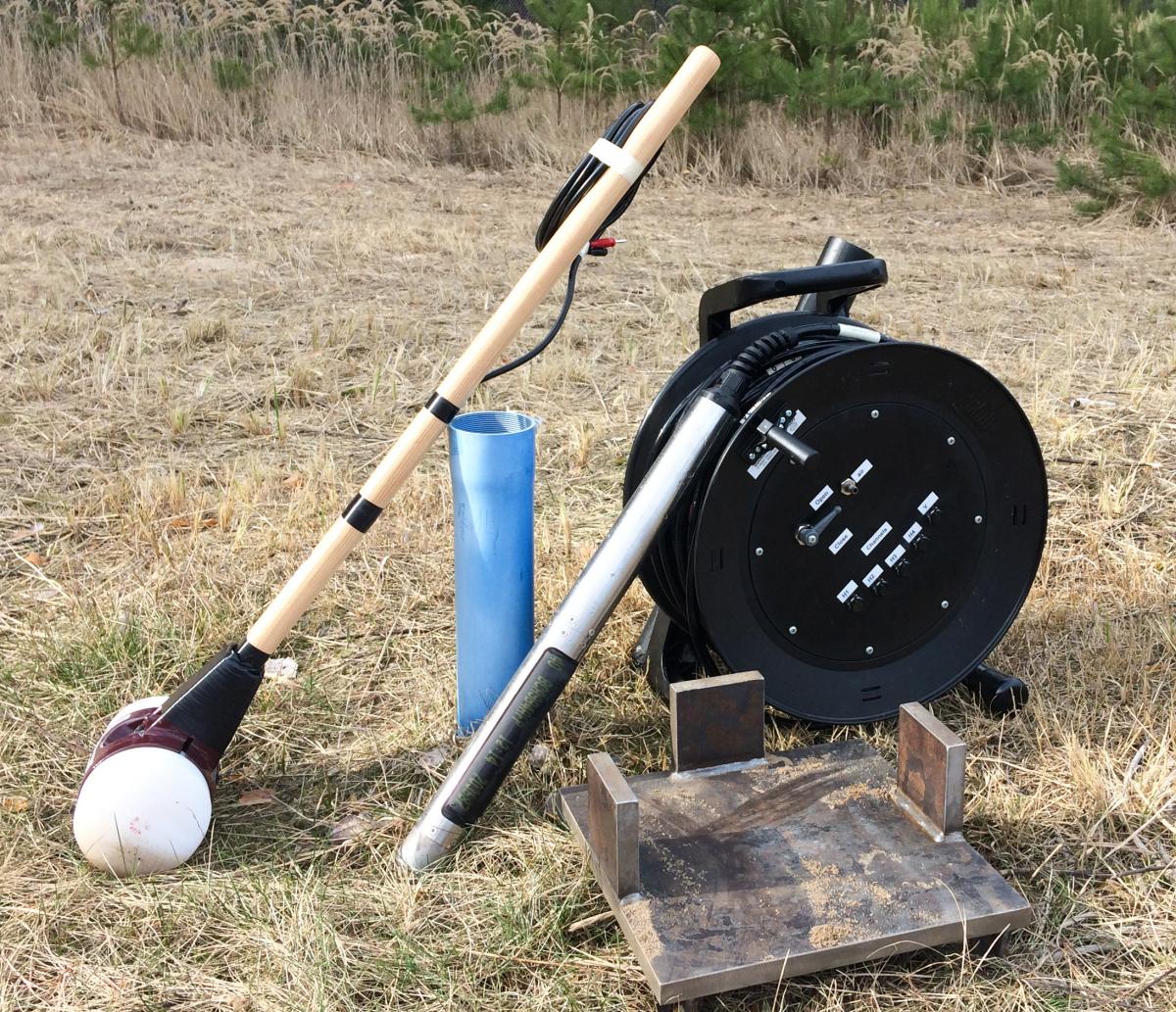
If planned structures are exposed to dynamic excitation, the subsoil has to be examined. Soil parameters are required not only in the context of the foundation expertise, but also for numerical simulations of structural dynamics with regard to its vibration behavior. In contrast to laboratory testing, geophysical methods can directly examine the in-situ subsoil conditions. The dynamic elasticity parameters of the subsoil can be determined directly, using seismic methods, such as Downhole Seismic Testing or Multi-channel Analysis of Surface Waves (MASW). This results in a profound knowledge of response to dynamic loads.
Earthquakes and soil liquefaction
Even though Germany has a low seismicity, particularly safety-critical structures, such as nuclear power plants, tank and reservoir structures, chemical industry plants, and pipelines and dams must be designed for earthquake resistance.
Especially the subsoil composition plays an important role for the design of these structures in relation to earthquakes. A seismologist specifies the accelerations at the rock horizon to be expected for a certain return period of earthquakes. GuD’s experts carry out computational studies that show how the seismic waves would propagate from the rock horizon to the surface. They check if the waves are likely to magnify due to resonance effects in the ground, which would reduce the stability of structures.
If the subsoil predominantly consists of loose sand and the groundwater level is located very close to the ground surface, the phenomenon of soil liquefaction can occur. Using available ground parameters, GuD examines the risk of liquefaction, for example, in the event of an earthquake.
Dynamic pile integrity and pile load tests
In the case of pile foundations, verification of sufficient load-bearing capacity significantly contributes to the quality assurance of the structure. GuD carries out appropriate non-destructive test methods according to the state of the art and with its own measuring devices.
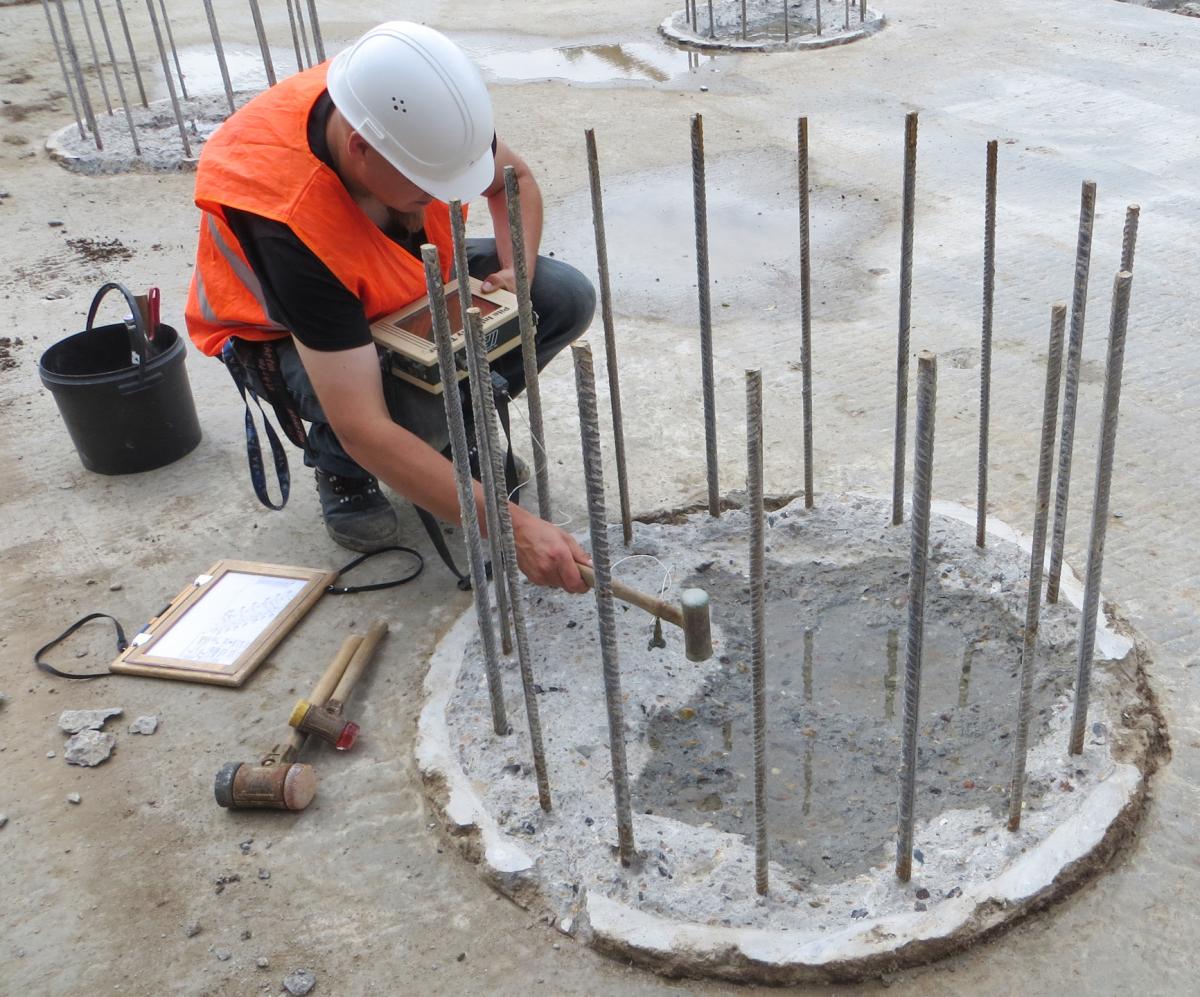
In addition to the length measurement, integrity testing is used to detect changes in geometry and the properties of the pile concrete. During dynamic load tests, piles are exposed to permanent settlement to be able to activate soil resistance along the pile shaft. Sensors at the head (or upper end) of the pile record acceleration and strain time histories.
Evaluation takes place by means of a visual assessment of the measurement data (integrity tests), taking into account manufacturing reports and the surrounding soil. During the dynamic load test, GuD develops a pile-soil model (CAPWAP) by means of an inverse system identification from the measured signals to derive the static pile resistance values of shaft and pile tip.
Serviceability of railway tracks
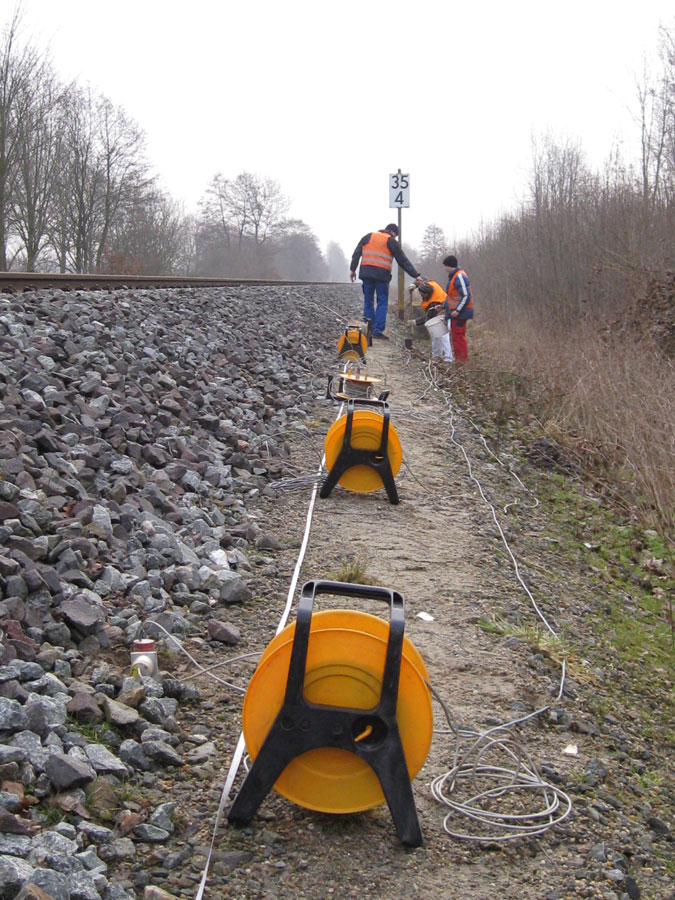
Railway traffic loads can cause both static and cyclic, as well as dynamic actions on track superstructures and substructures. Therefore, the serviceability assessment must include the static as well as the cyclic/dynamic portion of the load. Should usage change with an increased traffic load, the railway regulations (RIL 836) demand verification of adequate dynamic stability.
Structural dynamic analyses using the finite element method determine possible ground deformations below the track when a train passes by and assess possible changes in track elevation. GuD then uses those model calculations to recommend and plan measures to reduce vibrations. These can range from reinforcements of track superstructures and subsoil improvements, to the design of deep foundations for the railway track.